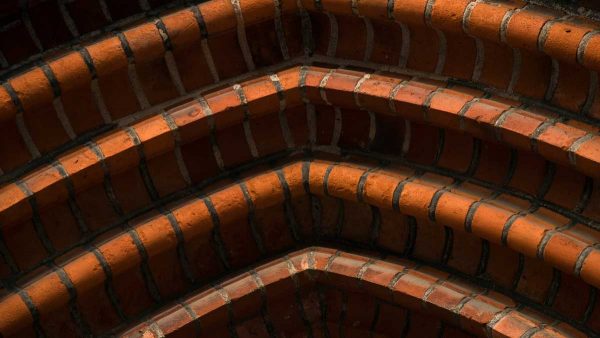Know when historic brick needs renovation

Brick is one of the most durable and ancient building materials in human history. It came into being around 6,000 years ago and has survived largely unchanged to the present day. So it’s no surprise that so many historic buildings are still made of brick, especially in areas where clay was common.
But brick needs maintenance just like any other building material. Over time the building wears down and brick can crumble and fall. How do you know when it’s time for a renovation?
Door and window cracks
Lintels around doors and windows hold the weight of bricks and keep the doors and windows in line with the courses. Over time foundations may settle or lintels may break down, especially if the lintels are made of wood.
Foundational issues are a separate problem entirely and have to be addressed before any structural cracks—otherwise the same issues will just crop up again. Degraded or warped lintels can be replaced by a professional and brought back into line with the surroundings.
Brick breakdown
Though the first bricks were sun-dried, brick has been fired in a kiln for many years now. This produces a tough, rock-like finish that stands up to the elements well. But it’s not infallible. Over years of exposure to the elements bricks can sometimes begin to break down.
Look for signs of spalling (flaking) on the surface of the brick, or areas that are becoming crumbly. The heating and cooling cycle can cause this, and water can get into cracks as the brick weathers and tear it apart from the inside.
Mortar woes
Mortar is usually the first thing to go on a brick wall. Over time mortar slowly recedes back from the bricks surrounding it, leaving them less supported. If not regularly replaced and tuckpointed, these mortar joints can become failure points for an entire wall, perhaps leading to a wall bowing out or even collapsing if left untreated. Mortar is susceptible to the same breakdowns as the bricks themselves but is much more prone than the material around it.
Mortar that’s crumbling or spalling needs attention too, even if it hasn’t receded much. Good mortar maintenance is part of any good masonry wall.
A historic brick building comes with some unique challenges. If other repairs have been undertaken the building may resemble a patchwork quilt, with mismatched mortar colors, wrong bricks and other issues. You need to find a contractor who understands how to work on historic buildings. That’s where JK Industries comes in. We’ve had years of experience working on historic buildings and can color match and source the materials that you need to make that building look as good as new. Call us today and find out what we can do for your historic building.
